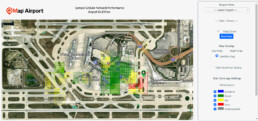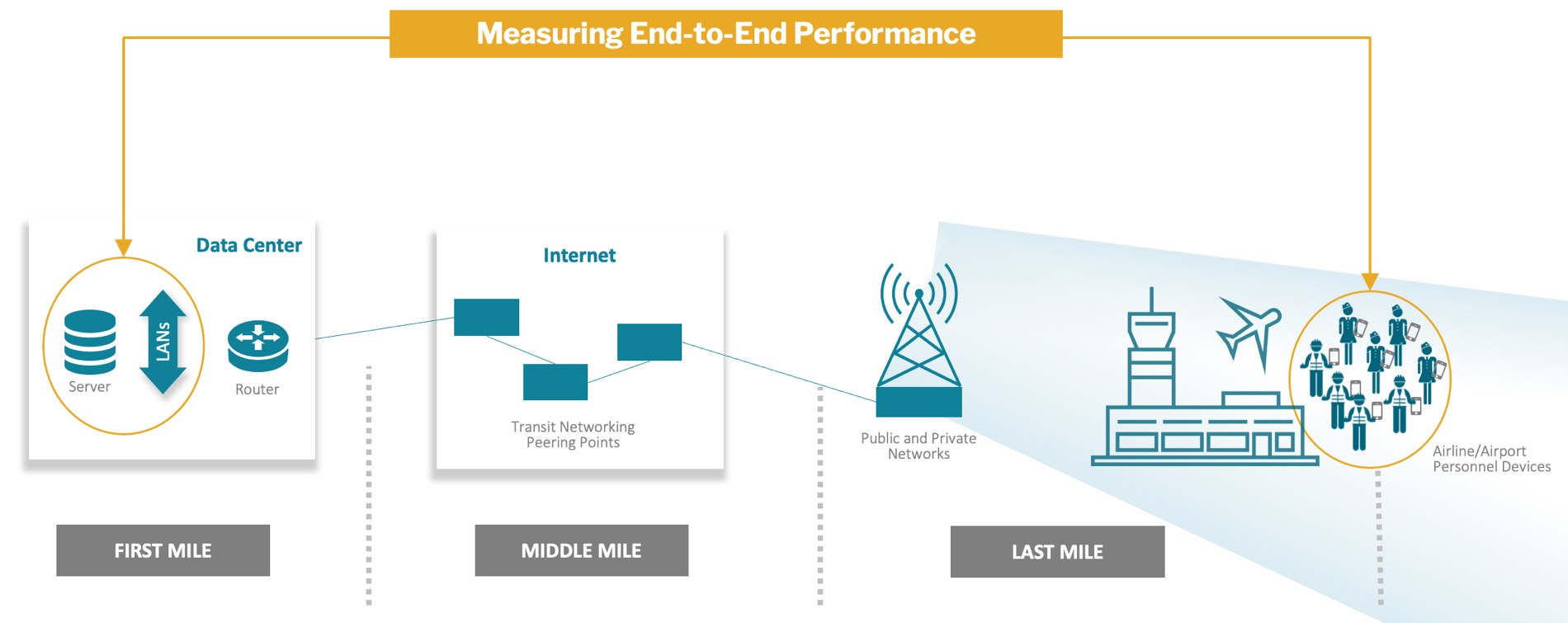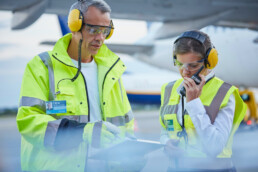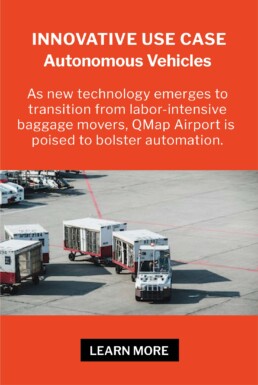Empowering the Automated Airport: Optimizing Network Performance for the Future of Travel
With QMap Airport continuously monitoring network performance, gain full visibility into actionable data to keep ground ops humming as airports quickly evolve.
With QMap Airport, a lightweight mobile app, your operations team can:
- Gather real-time performance metrics on public and private networks
- Minimize late departures, slower turns, and lost revenue caused by poor connectivity interfering with your team members’ ability to do their jobs
- Hold providers accountable and negotiate better—or entirely new—contracts
- Pinpoint trouble spots and identify network resources needed for personnel to work efficiently and productively
- Compare network providers to determine the best service available at any given airport
- Better prepare for inevitable demand surges during peak travel times
- Access and customize a range of detailed reports from a powerful web portal

A Powerful Dashboard
See color-coded performance ratings, at a glance, for every airport where you have QMap deployed.
Parse all the available data the way you need it, using a range of easily accessible filters, including airport, employee group and service provider.
Learn more about all the insightful reports available through the dashboard in a demo.

NetForecast measures network performance from end to end, encompassing the entire data path.

NetForecast measures network performance from end to end, encompassing the entire data path.



